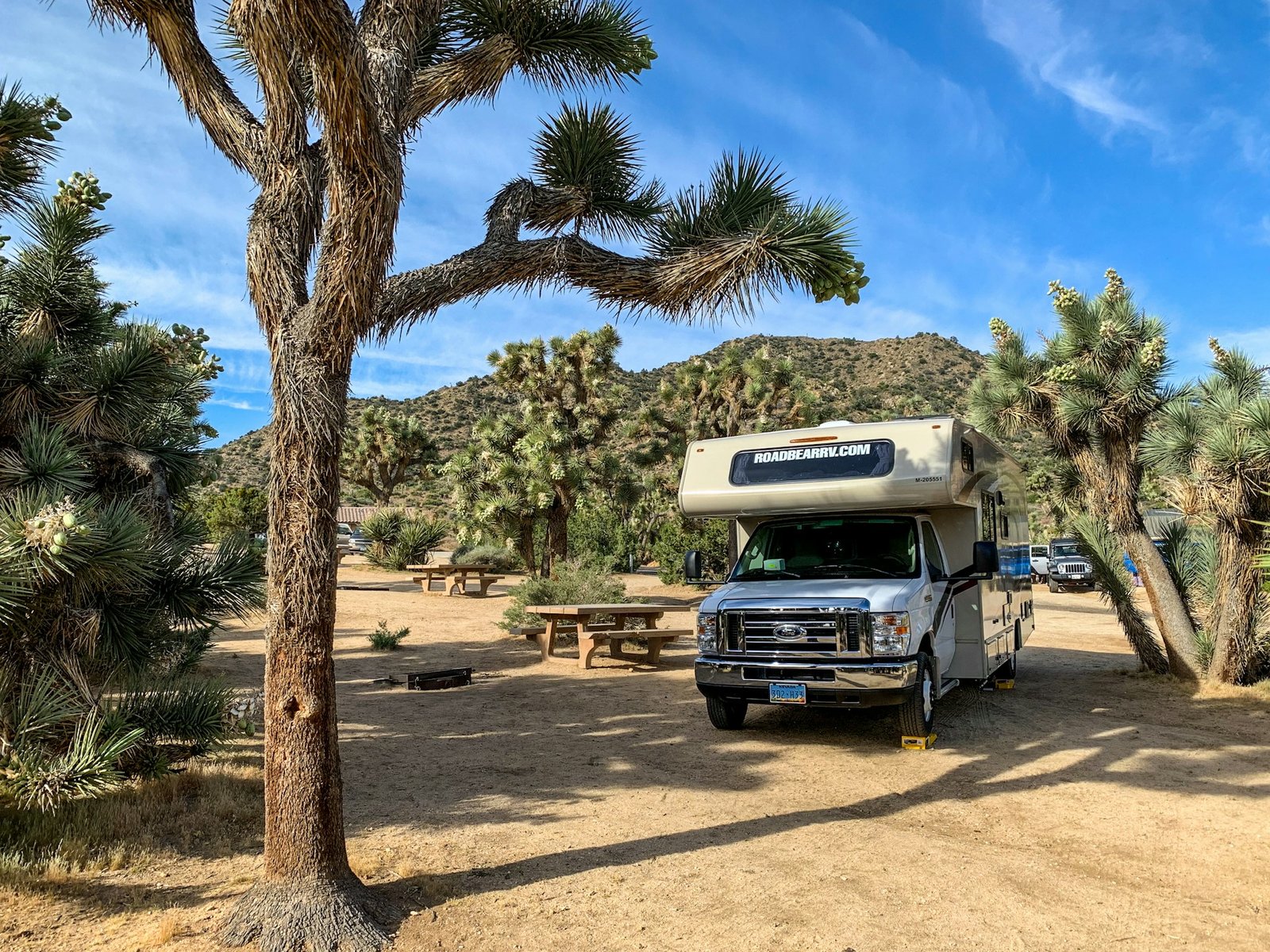As more people embrace the freedom and adventure of Recreational vehicle (RV) life, the demand for sustainable off-grid solutions has surged. Among the most efficient methods of powering off-grid Recreational vehicles, solar panels for motorhomes have quickly gained popularity. They allow motorhome owners to reduce dependence on traditional power sources while enabling longer journeys and stays in remote locations. This article explores the benefits, installation process, and key considerations when selecting solar panels for motorhomes.
What Are Solar Panels for Motorhomes?
Solar panels for motorhomes are devices designed to capture sunlight and convert it into electricity. This eco-friendly, renewable source of power helps reduce dependence on fossil fuels and the environmental impact of traditional power sources. Installed on a Recreational vehicle, solar panels can power various systems such as:
- Lights
- Air conditioning units
- Water pumps
- Refrigerators
Solar panels work by using photovoltaic (PV) cells, which capture sunlight and convert it into DC electricity. This electricity can either be used immediately or stored in batteries for later use.
Advantages of Adding Solar Panels to Your Motorhome
- Energy Independence
- Solar panels for motorhomes enable motorhome owners to travel to remote areas without relying on traditional power sources. Whether parked near a lake, in the woods, or in the mountains, solar panels provide a reliable power solution for off-grid adventures.
- Environmental Impact
- Solar energy is a clean, renewable resource that produces no emissions. By opting for solar panels instead of gasoline or diesel generators, motorhome owners can significantly reduce their carbon footprint and minimize pollution.
- Cost Savings
- While the initial investment in solar panels can be substantial, they offer long-term savings. Solar power can eliminate the need for fuel-powered generators and campsite hookups, leading to considerable cost savings for long-term travelers.
- Low Maintenance
- Solar panels require minimal upkeep after installation. Routine maintenance typically involves occasional cleaning and performance monitoring to ensure optimal efficiency.
- Silent Operation
- Unlike noisy generators, solar panels operate silently, making them perfect for maintaining peace and tranquility while camping in nature or staying at quiet campsites.
Installing Solar Panels on Your Motorhome: A Step-by-Step Guide
- Assess Your Energy Requirements
- Begin by calculating the wattage consumption of the devices you plan to power (e.g., lights, fridge, fans). This will help you determine the number of solar panels and the required battery capacity.
- Selecting Solar Panels
- There are different types of solar panels:
- Monocrystalline: High efficiency but expensive.
- Polycrystalline: Lower cost, slightly reduced efficiency.
- Thin-film: Suitable for larger surfaces but typically less efficient.
- There are different types of solar panels:
- Selecting a Battery System
- Once the solar panels generate electricity, it must be stored in batteries for later use. Consider using deep-cycle batteries for steady power or lithium-ion batteries for better efficiency and longer lifespans.
- Installing the Panels
- Mounting solar panels on your Recreational vehicle’s roof requires careful planning. Ensure they are securely fixed and positioned to maximize sunlight exposure. Some Recreational vehicles come with pre-installed mounting points for solar panels.
- Wiring and Charge Controller
- Connect the solar panels to a charge controller, which regulates the electricity flow to prevent overcharging the battery. From the charge controller, the electricity flows into the storage battery.
- Install an Inverter
- To power AC devices (such as an air conditioner or microwave), you’ll need an inverter. The inverter converts the DC power from the batteries into AC power.
- Test the System
- After installation, test the system to ensure everything works correctly. Check that your devices receive power, monitor battery charge levels, and make adjustments as needed.
Considerations When Selecting Solar Panels for Your RV
- Space Available
- Assess the available roof space for solar panels. Larger Recreational vehicles can accommodate more panels, while smaller Recreational vehicles may require compact solutions.
- Weather and Location
- Consider your typical travel destinations. If you often camp in areas with limited sunlight, you may need additional panels. In sunny regions, a smaller setup may suffice.
- Budget
- The cost of solar panel systems varies depending on the size and quality of the panels and batteries. Set a realistic budget to balance the initial investment with potential long-term savings from reduced fuel and campsite fees.
- System Efficiency
- Solar panel systems have varying levels of efficiency. While lower-cost options may seem attractive, more efficient panels can generate more power with fewer panels, saving space and reducing costs over time.
- Upgradability
- Choose a system that can be easily upgraded in the future. Some setups allow for the addition of more panels or batteries as your power needs evolve.
Maintaining Solar Panels on Your Motorhome
To ensure long-term performance, regular maintenance is essential. Here are some tips:
- Clean Your Panels: Dust and dirt can reduce efficiency. Clean the panels with a soft cloth and mild soap.
- Check for Damage: Inspect the panels for cracks or wear, especially after traveling over rough terrain.
- Monitor Battery Health: Regularly check the battery’s voltage and capacity to ensure it’s functioning correctly. Replace the battery when its performance begins to degrade.
- Inspect Wiring and Connections: Ensure that all connections are secure and free from wear or corrosion.
Frequently Asked Questions
- Can solar panels generate enough power for my motorhome?
- Solar panels can generate between 100 and 400 Watts of power, depending on the size and setup. The amount of power generated depends on the number of panels, weather conditions, and system efficiency.
- How long do solar panels last?
- Solar panels typically last for 25 years or more, with warranties ranging from 10-25 years. The lifespan of batteries is generally 5-10 years.
- Can solar panels power an air conditioner in a motorhome?
- Solar panels can power many devices, but running an air conditioner requires a large setup with a powerful inverter and a substantial battery bank.
- How much do solar panels for a motorhome cost?
- The cost of solar panel installation on a Recreational vehicle ranges from $500 to $5,000, depending on the quality and size of the panels and batteries.
- Can I install solar panels myself on my motorhome?
- Many Recreational vehicle owners install solar panels themselves. However, if you are unfamiliar with electrical work, it’s best to seek professional help.
- How should I maintain my solar panels?
- Clean panels regularly, check for damage, monitor battery health, and inspect wiring to ensure everything is functioning properly.
- Do I still need a generator if I have solar panels?
- Solar panels reduce the need for a generator, but a generator may still be useful as a backup during periods of low sunlight (e.g., cloudy or rainy days).
By integrating solar panels for motorhomes into your setup, you can enjoy a more independent, eco-friendly, and cost-effective lifestyle on the road. Whether you’re a weekend traveler or a full-time nomad, solar energy can enhance your experience and reduce reliance on traditional power sources.

